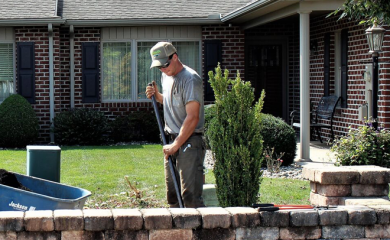Now that the weather is turning and spring is coming, everyone is getting antsy about being outside and doing yard work. But, if you’re going to break a sweat while cleaning up the exterior of your home, you want your hard work to be noticeable with larger blooms, vibrant colors, and less weeds. This is everyone’s aim and I’m here to share a few tips on how to make the most of your landscaping so that you can reap the fruits of your labor year around.
In the Spring, it’s customary for your plants to awake from the winter. During this time, it’s important to care for your plants so that, as the seasons pass, they are healthy and mature!
My middle of April springtime routine is to do a typical cleanup. This would involve trimming back my rose bushes to a more manageable size, putting acidifier in my hydrangea soil, pruning my box woods to the shape I desire, ridding my beds of any unwanted leaves, and mulching.
TIP 1: Depending on your preference, and your budget, mulching can happen yearly or biennially. Honestly, if you lay your mulch thick enough (3-4 inches) one year and have good drainage in your beds, you should be able to turn it – or what we call “raking” your mulch – the following year without having to redo the whole thing. This is my preference and it works pretty well for me!
Now that you know my generic spring clean-up routine, let’s dive into the details by plant!
Hydrangeas: First and foremost, figure out which type of hydrangeas you have – are they wooded stem, like the trunk of a tree, or soft stem like that of a flower. If you need more help deciphering the difference, check out this article by Southern Living.
TIP 2: Wooded stem hydrangeas will need to be trimmed in the fall. If you do this diligently, once spring rolls around, all you will have to do is watch them bud and bloom!
TIP 3: Soft stem hydrangeas will also need to be trimmed in the late fall/early winter. Don’t chop the barren twigs to the ground just cut them back 6-8 inches, leaving some spindle in tack for the following spring.

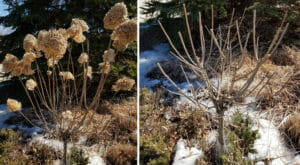
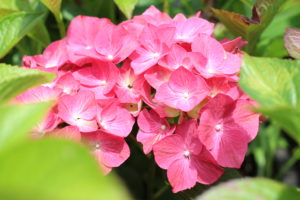
Roses: If you want a flowering shrub that is high in color and low in maintenance, then the knock-out and drift roses are for you! At the beginning of April, I shape my knockout roses to make them a more manageable size for the summer ahead. Throughout the summer I will deadhead the plant, which means to prune off the dried-up blooms so that new ones can grow in their place. If you continue this cycle until October, you will be blessed with abundant, vibrant blooms all summer long!
If you need your knockout roses to stay contained, they will need to be shaped seasonally. However, if you want them larger and fuller, giving them space to grow out, I would skip a season of shaping and reevaluate the following spring.
TIP 4: Check out our blog post called “How To Trim Your Rose Bushes” for instructions on successful trimming.

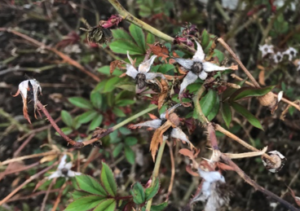
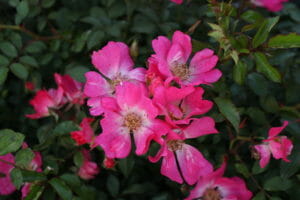
Boxwood Shrubs: These timeless shrubs can make any landscape look awe-inspiring. But, if you trim them in the wrong season they will turn brown and die off. To avoid this mistake, trim your boxwoods in the beginning of April. Just like any perennial, you can shape them (trim them back hard) or you can give them a gentle pruning.
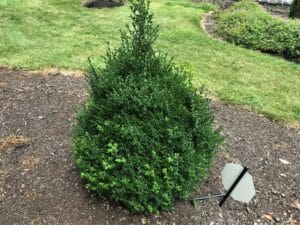
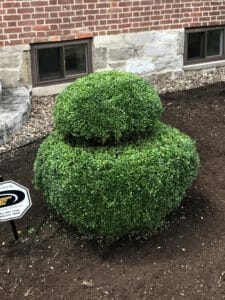
Day Lilies: I like to think of the Day Lily as a two in one flowering perennial – it fills out like an ornamental grass at the base of the plant in early spring and produces colorful bloom shoots in summer. This perennial would make an effortless but impactful addition to any landscape.
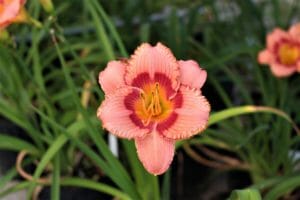
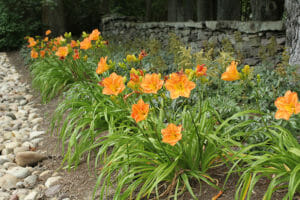
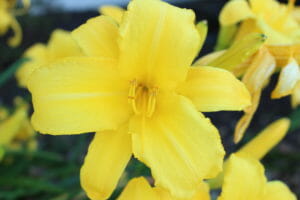
Azaleas: These earlier spring bloomers will liven up any landscape with their assortment of color and long-lasting vibrancy. This is the one shrub that I don’t touch in my landscaping because it adapts to the size of space you give it. Meaning, if you put in on the corner of you house and give it room to grow, it will do just that! But, if you sandwich it between other shrubs, the root system will adapt to the space given and it will be content year over year.


Clematis: At first, this climbing vine can be finicky depending on its light and water source, but once you get the hang of it, the flowers and greenery are well worth the toil. Learning from experience, the Clematis doesn’t liked to cut back in the fall. Instead, I’ve come to find that the plant does better when after its blooms fade in September you let the plant turn brown and remain that way through winter. Once the robins appear, check your clematis for the first sign of green.
TIP 5: If your clematis plant becomes unruly and – what we call “leggy”—prune it back and lightly shape the plant at the end of April, beginning of May.
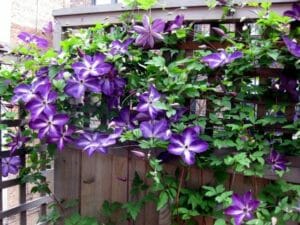
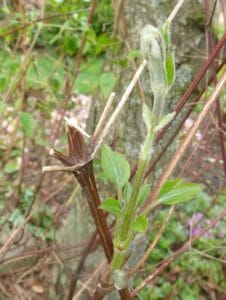
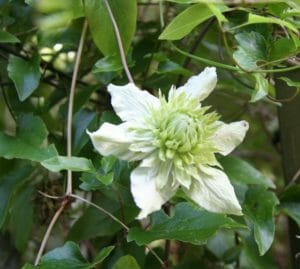
Sedum: In the spring, the Autumn Joy Sedum will show a subtle mint green with thick rubbery leaves which will grow to be nearly 12-16 inches high. Although the blooms of this plant don’t appear until late summer/early fall, it’s still a sought-after perennial for any landscape because of its constitution and blooming season.
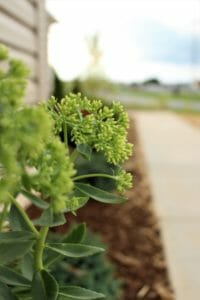
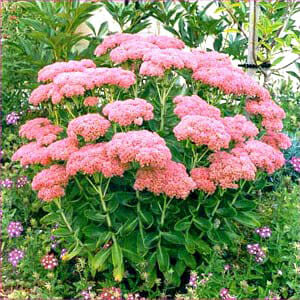
After carefully selecting your plants, don’t forget about coverage options for your landscape beds. See our list of recommendations below:
Weed Barrier: Before you lay any sort of coverage material, don’t forget about laying your weed barrier. This task will be time consuming but, in my opinion, adding this extra step to the project is worth it because of the time it will save you from pulling weeds in the future.
Cocoa Mulch: Although you will pay a higher price for this upscale version of mulch, some of our clients use Cocoa Mulch because it adds nutrients to the soil like nitrogen, phosphate, and potash—all while retaining moisture and organically deterring weeds from sprouting. Another perk is it smells like chocolate and who doesn’t want that?!
River Stone: We suggest this material to use in areas of your landscape that accumulate lots of water. These rocks will not only help with drainage but also break up beds with a different texture and color.
Sand Stone: Although not used in landscaping beds as a drainage material, many clients like the idea of using stones over mulch because of its varying color, heavier weight, longer useful life and it’s less likely to foster weed growth. Landscaping with stones is not everyone’s forte however, when done properly, using stone instead of mulch has its benefits.
No matter your lifestyle, habits, preferences, or budget, we encourage you to take care of your landscaping not just for the sake of appearance but because 1) Isn’t there something completely satisfying about seeing the results of your hard work – like a genuine and personal before and after that captures the progress made and 2) Because when you take care of the investment that you made, the payback will be well worth the sweat. After all, that’s why they call it sweat equity, right?
If you have questions about your specific landscape, please reach out to us. You can find us on Facebook and Instagram and we are always willing to help when we can!
![]()
![]()

